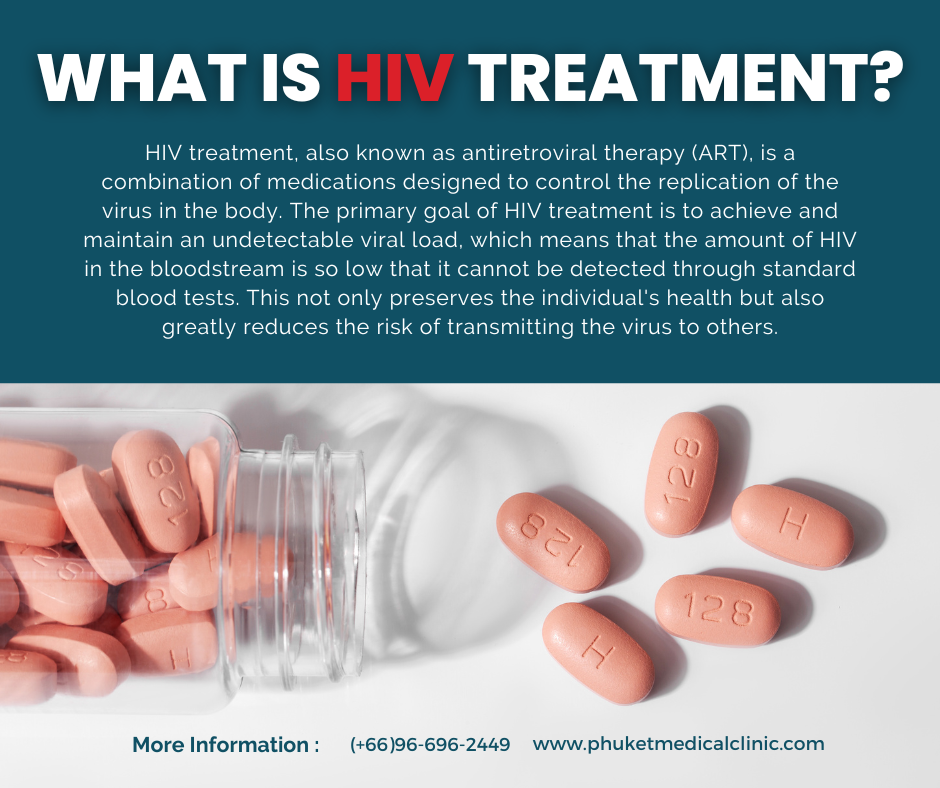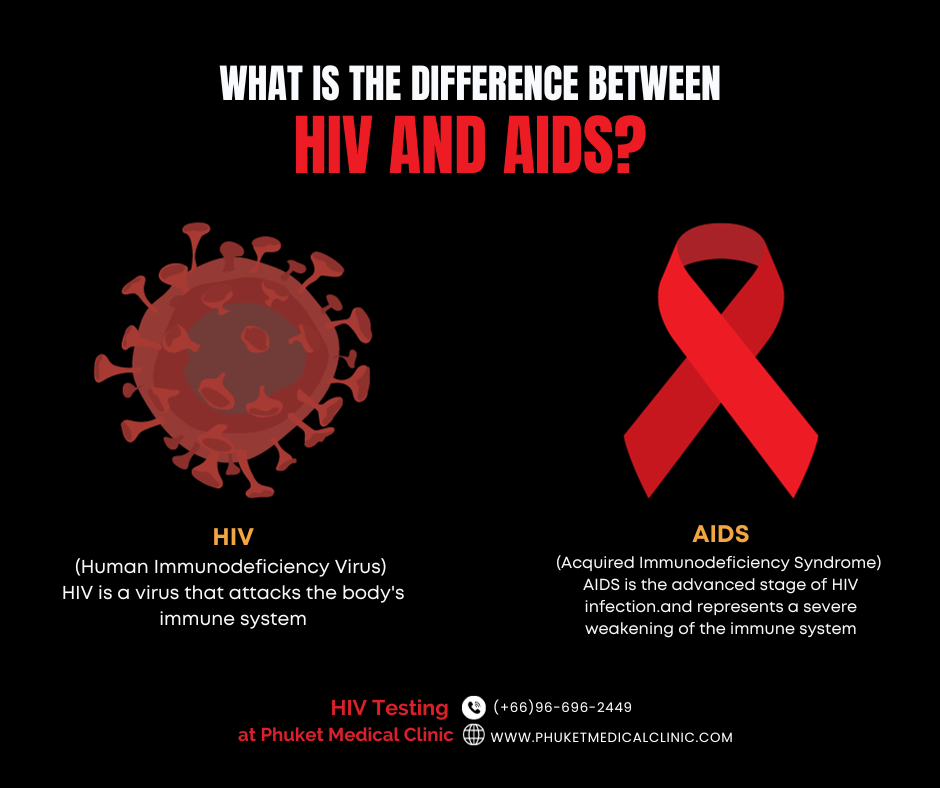Human Immunodeficiency Virus (HIV) is a serious health condition that, if left untreated, can lead to Acquired Immunodeficiency Syndrome (AIDS). In this article, we will delve into the progression of HIV to AIDS, the factors influencing this transition, and the importance of early detection and treatment in preventing the development of AIDS.
What Is HIV Treatment?
HIV treatment also known as antiretroviral therapy (ART), is a combination of medications designed to control the replication of the virus in the body. The primary goal of HIV treatment is to achieve and maintain an undetectable viral load, which means that the amount of HIV in the bloodstream is so low that it cannot be detected through standard blood tests. This not only preserves the individual’s health but also greatly reduces the risk of transmitting the virus to others.
What is the difference between HIV and AIDS?
HIV (Human Immunodeficiency Virus) and AIDS (Acquired Immunodeficiency Syndrome) are often used interchangeably, but they represent two distinct stages of a complex disease process. To fully comprehend this crucial distinction, it’s essential to explore both HIV and AIDS separately and understand how they relate to one another. In this article, we will delve into the differences between HIV and AIDS, shedding light on their unique characteristics, transmission, symptoms, and progression.



